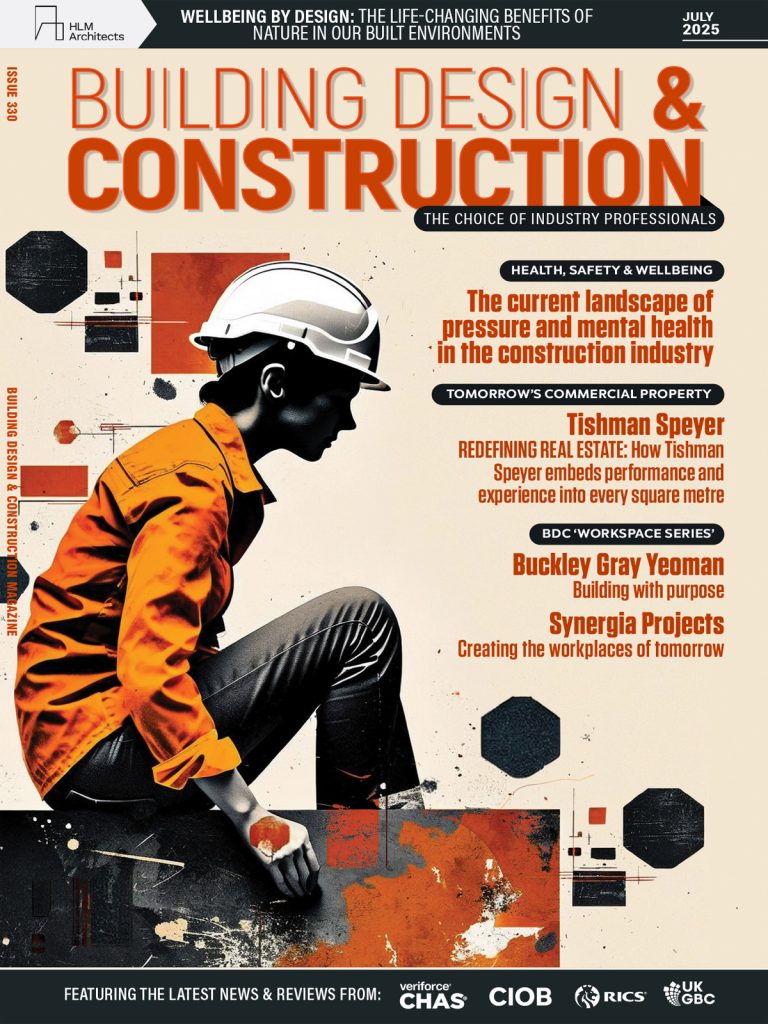Steady job growth, affordable home prices, attractive mortgage interest rates and pent-up demand will help the US housing market continue on a gradual upward trajectory in the year ahead, it is claimed.
However, supply side headwinds led by a shortage of construction lots and labour, along with tight access to acquisition, construction and development loans, continue to hamper a more robust recovery, according to economists who participated the National Association of Home Builders (NAHB) Spring Construction Forecast event. ‘Builders remain cautiously optimistic about market conditions. This should be the first year since the recession in which the growth rate for single family production exceeds that of multifamily. And we see single-family growth accelerating in 2017 as the supply chain mends and we can expand production,’ said NAHB chief economist Robert Dietz. The event heard that steady job growth has bolstered consumer confidence and rekindled housing demand. Nationally, payroll employment has surpassed its pre-recession peak by a modest margin; only a small number of states still lag behind those levels. Looking ahead, single family production is expected to post a 14% gain in 2016 to 812,000 units and rise an additional 19% to 964,000 units in 2017. Using the 2000/2003 period as a healthy benchmark, when single family starts averaged 1.3 million units on an annual basis, single family production currently stands at 58% of normal activity. The NAHB projects that single family production will rise to 64% of normal by the fourth quarter of this year and climb to 77% of normal by the end of 2017. On the multifamily side, production ran at 395,000 units last year, above the 331,000 rate that is considered a normal level of production. Multifamily starts are expected to decline 4% to 379,000 units this year, and rise 6% to 402,000 units in 2017. Residential remodelling activity is expected to increase 3.3% in 2016 over last year, and rise an additional 1.3% in 2017. Len Kiefer, deputy chief economist at Freddie Mac, cited several factors that should make this year’s home sales the best in a decade including fewer household formations than normal and data showing that more owners are current on their mortgages, with fewer defaults and less foreclosures along with solid job gains include rising salaries and wages. He pointed out that house prices are rising about 6% annually and appear to be in line with incomes and rents while demographic tailwinds are helping to propel the housing market forward. Freddie Mac is projecting 5.9 million total home sales this year, the highest level since 2006, and 6.2 million in 2017 and regionally, Kiefer said that house price growth is the strongest in the South and West, with Nevada, Oregon, Washington, Colorado and Florida all posting double digit state-wide house price appreciation between December 2014 and December 2015. NAHB senior economist Robert Denk said that housing market conditions are improving across the nation, but the pace of the recovery continues to vary by state and region. ‘A common theme has emerged. The progress of market recovery is no longer a function of the boom-and-bust cycle marked by price bubbles, excess supply and foreclosures. The key driver of the housing recovery is now back to the underlying housing market fundamentals of population and job growth,’ he explained. The hardest hit areas during the downturn included the bubble states of California, Arizona, Nevada and Florida, where housing market excesses were the greatest, and the industrial Midwest, where the longer term decline in US manufacturing was exacerbated by the recession. Marked by solid job growth, housing markets in the bubble states are on the mend while the Midwest continues to languish due to an ongoing sluggish manufacturing base. The states with the strongest housing market recoveries are also among the leaders in payroll employment gains since the end of the recession. The strongest housing recoveries to date are in Montana, North Dakota and Utah, all with robust energy sectors that helped push them near or beyond full recovery in housing production. The next tier of leaders includes Texas, Oklahoma, Louisiana and Alaska, again, all with prominent energy sectors. ‘The basic principle remains the same. A strong economy, whether helped, hindered or unaffected by the energy economy, will be a key factor driving housing recoveries going forward,’ added Denk. He added that another way of looking at the long road back to normal is that by the end of 2017, the top 20% of states will reach at least 102% of normal single family production levels, compared to the bottom 20%, which will still be below 65%. BOOKMARK THIS PAGE (What is this?) Source link




